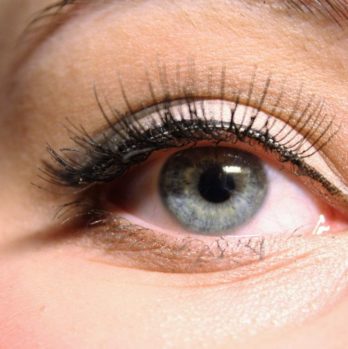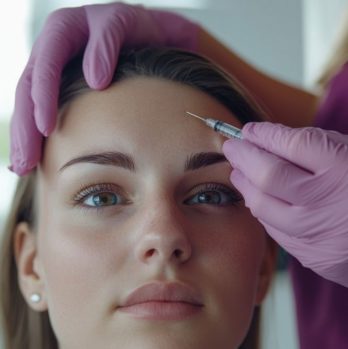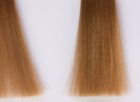Microneedling serum: A Comprehensive Guide for Skincare Enthusiasts

Introduction to Microneedling Serum
Microneedling serum has gained significant popularity in recent years due to its numerous skincare benefits. This article aims to provide a thorough overview of microneedling serum, including its types, popularity, and quantitative measurements. Additionally, it will discuss the differences between various microneedling serums and provide a historical review of their pros and cons.
Understanding Microneedling Serum

Microneedling serum, also known as microneedle therapy or collagen induction therapy, is a skincare treatment that involves using a device containing fine needles to create micro-injuries on the skin’s surface. These tiny punctures stimulate the skin’s natural healing process, resulting in increased collagen production, improved texture, and enhanced absorption of serums or skincare products.
There are several types of microneedling serums available in the market. One popular type is the hyaluronic acid-based serum, which provides intense hydration and plumping effects. Another common variant contains peptides and growth factors, promoting skin rejuvenation and reducing the appearance of wrinkles.
Exploring the Types and Popularity of Microneedling Serums
1. Hyaluronic Acid-Based Serum: This type of microneedling serum is widely popular due to its ability to retain moisture, improve skin elasticity, and reduce fine lines. Hyaluronic acid deeply hydrates the skin, making it look rejuvenated and supple.
2. Peptide and Growth Factor Serum: These serums contain active ingredients that stimulate collagen synthesis and promote skin regeneration. They are especially beneficial for individuals with signs of aging, sun damage, or acne scars.
3. Vitamin C Serum: Microneedling combined with vitamin C serum offers antioxidant protection, enhances collagen production, and brightens the skin. It is often preferred by those seeking a more even skin tone and improved skin texture.
The popularity of microneedling serums can be attributed to their efficacy and versatile applications for different skin concerns.
Quantitative Measurements of Microneedling Serum
Quantitative measurements play a crucial role in assessing the effectiveness of microneedling serums. Studies have shown that microneedling significantly increases collagen production, which can be quantified using techniques such as immunohistochemistry or hydroxyproline assay.
Furthermore, the thickness of the epidermis and dermis can be measured to determine the impact of microneedling on skin rejuvenation. These measurements provide objective data on the efficacy of microneedling serums and help understand their long-term benefits.
Differentiating Between Microneedling Serums
While all microneedling serums share the common goal of improving skin health, they differ in terms of their active ingredients and targeted benefits. Understanding these differences can help individuals choose the most suitable product for their specific skincare needs.
Factors to consider when differentiating between microneedling serums include ingredient composition, concentration, and intended use. Some serums may focus on hydration and plumping effects, while others may prioritize anti-aging or skin brightening properties.
Historical Overview of Pros and Cons
Over the years, microneedling serums have evolved, and their pros and cons have become more apparent. Initially, microneedling procedures were primarily performed by professionals using derma rollers, making the treatment expensive and time-consuming.
However, with advances in technology, home microneedling devices have become widely available, making the procedure more accessible and affordable. Despite the convenience, home microneedling carries certain risks, including improper technique leading to skin damage or infections.
Before microneedling serums gained popularity, chemical peels and laser treatments were the go-to options for skin rejuvenation. While these procedures have their benefits, microneedling serums offer a less invasive and more natural approach to skincare.
In conclusion, microneedling serum is an effective skincare treatment that promotes collagen production, skin rejuvenation, and enhanced product absorption. By understanding the different types, measuring its impact, and recognizing the historical pros and cons, individuals can make informed choices about incorporating microneedling serums into their skincare routines.











